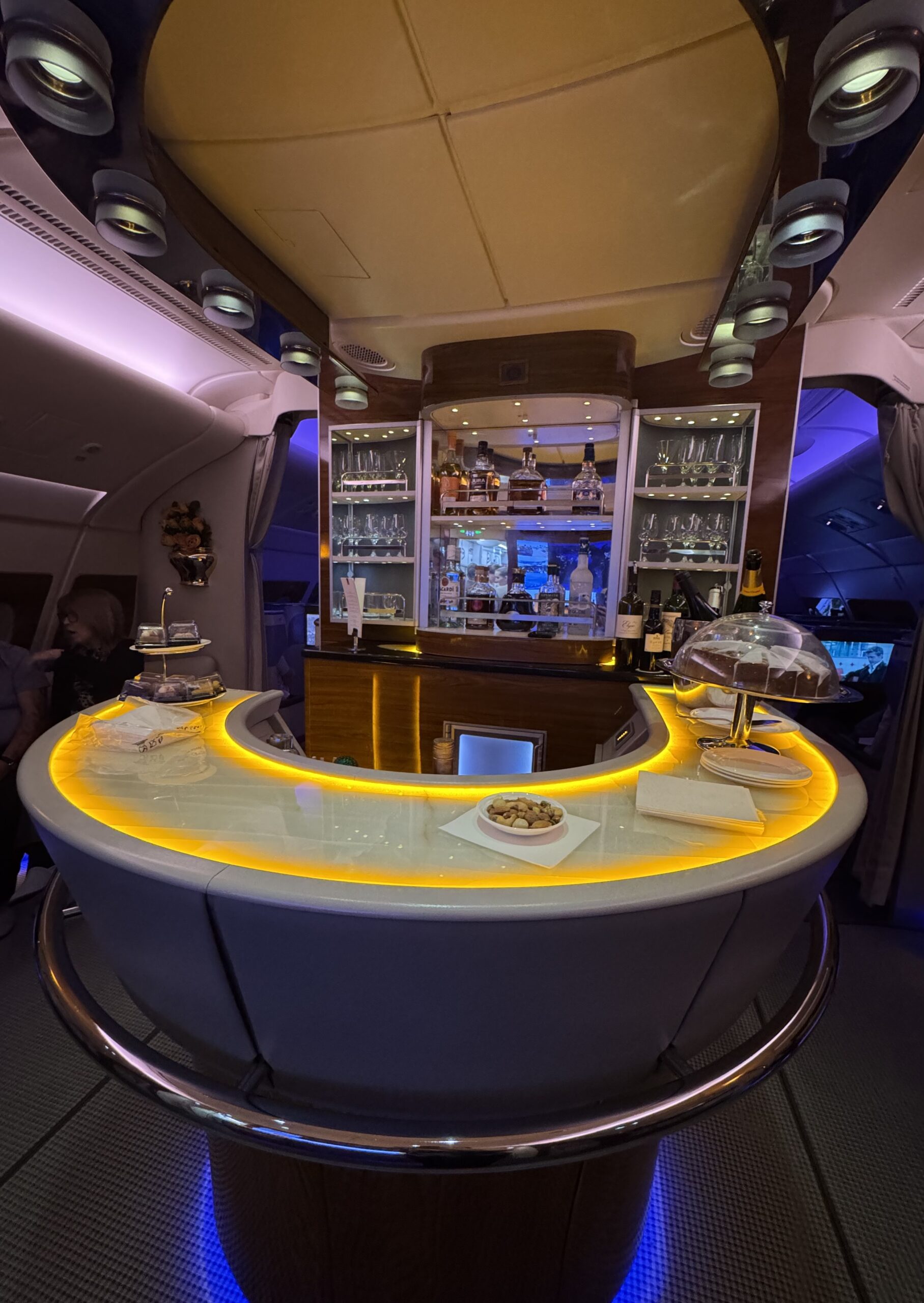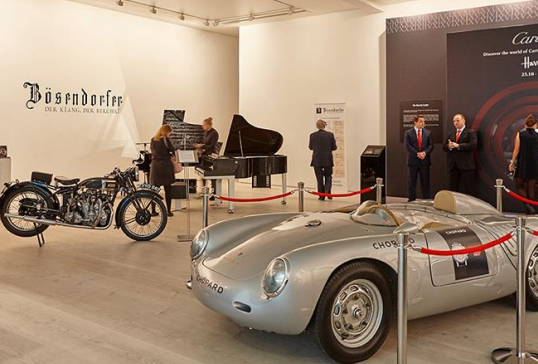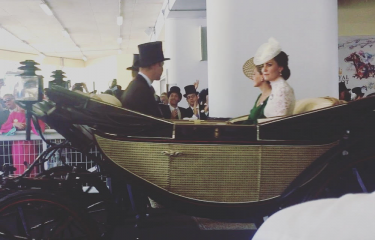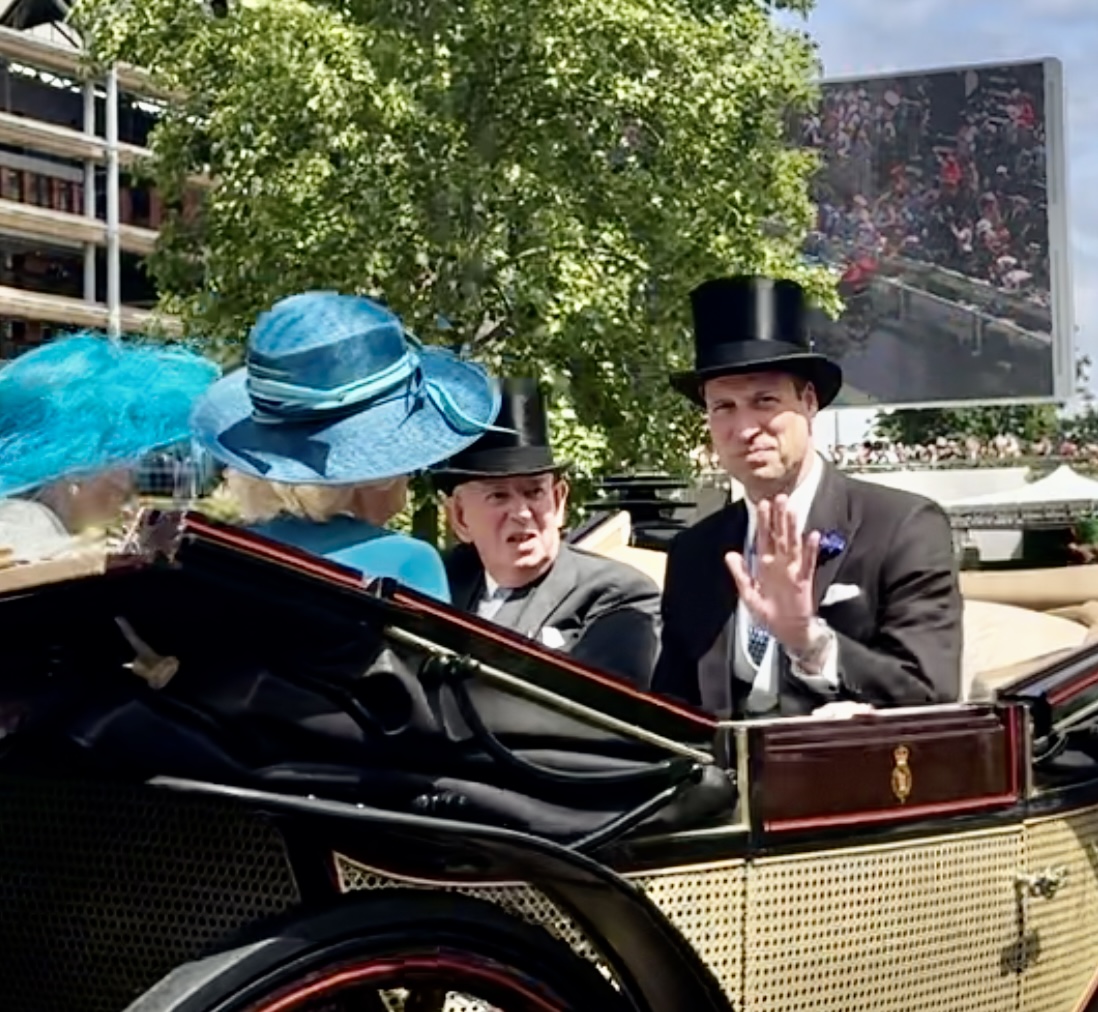Why old-school cars are making a comeback in 2025
In an era dominated by autonomous features and digital interfaces, classic vehicles are experiencing a resurgence. This nostalgic trend mirrors similar patterns in other areas of popular culture, where vintage games and retro entertainment have found renewed appreciation among both original fans and younger generations discovering these classics for the first time. The automotive world’s return to basics is more than just sentimentality, and it shows changing values and priorities among drivers seeking authentic experiences in a virtual world.
- Raw driving experience
Modern vehicles bristle with driver assistance technologies—from lane departure warnings to automatic emergency braking systems. While these features undoubtedly increase safety, they also create a layer of separation between driver and machine that many enthusiasts find unsatisfying. According to Hagerty, some older cars have seen their values increase exponentially, which shows that drivers are still keen on purchasing cars with less technology in them.
Traditional cars demand more skill and attention, offering an unfiltered connection to the road through mechanical steering systems, manual transmissions, and the absence of electronic intermediaries. The sensation of operating a machine rather than supervising a computer has profound appeal for drivers seeking more engaged and mindful experiences behind the wheel.
- Tech fatigue and nostalgia
The constant presence of screens and notifications in modern life has sparked a countermovement seeking respite from digital overwhelm. According to research on the psychological benefits of nostalgia, engaging with familiar objects from the past can lower stress and increase feelings of social connectedness. Classic cars can bring this nostalgic comfort through their analogue interfaces—physical buttons that provide tactile feedback, mechanical gauges showing engine status, and systems that need human attention instead of software updates. This quality is a welcome break from the touchscreen interfaces that we have in our contemporary life and gives an experience that engages more senses and feels more present.
- Design and personality
Contemporary vehicle design often gives priority to aerodynamic efficiency and manufacturing practicality, which results in a visual homogeneity across brands and models. By contrast, classics from different eras display distinctive personalities—whether it’s the muscular presence of a 1970s Jaguar E-Type, the boxy utilitarian charm of a Land Rover Defender, or the sleek sophistication of 1990s Japanese sports cars. This individuality explains why used cars from bygone eras continue to attract attention at classic meets and on city streets alike. Their visual distinctiveness makes them natural conversation starters and expressions of personal identity in ways that many modern vehicles cannot match. Another benefit of it is that they are not that rare to find, as many people think, with used car showrooms up and down England, showing an impressive collection.
- Cultural rebellion
Choosing a classic car in 2025 is a subtle form of rebellion against prevailing automotive trends. While the industry pushes toward electric, autonomous transportation, classic enthusiasts celebrate mechanical complexity, driver skill, and the distinctly analogue pleasures of traditional motoring. This countermovement is a reconsideration of what we value in transportation. Many classic enthusiasts mix modern sensibilities with vintage appreciation, modifying older vehicles with contemporary safety features or even electric drivetrains while preserving their aesthetic and experiential essence.
The resurgence of interest in classic motoring is a broader cultural conversation about mindfulness, authenticity, and the place of technology in our lives. As we go through an increasingly digital future, these mechanical time capsules give us valuable perspectives on what we might wish to preserve from automotive history—not just for nostalgic pleasure, but for the timeless satisfaction of direct, engaged human experiences.









